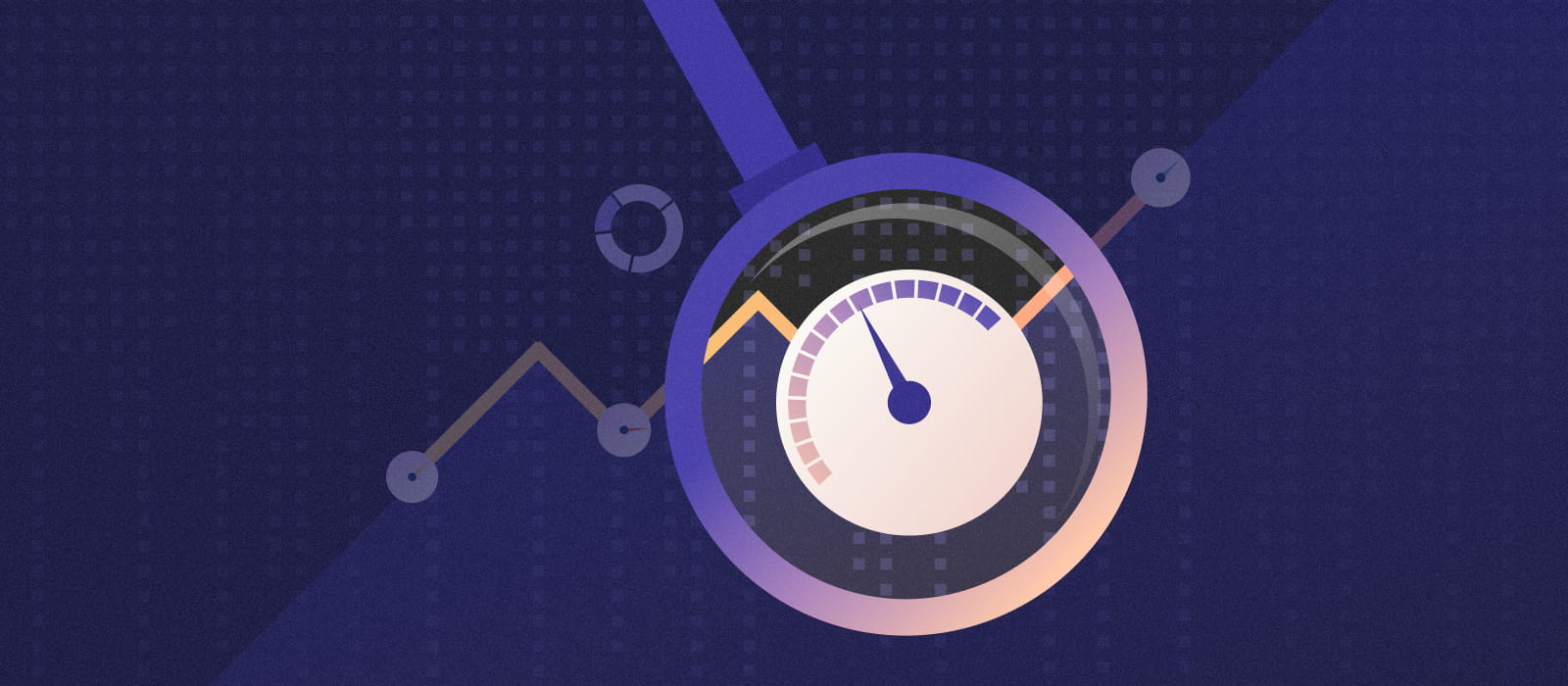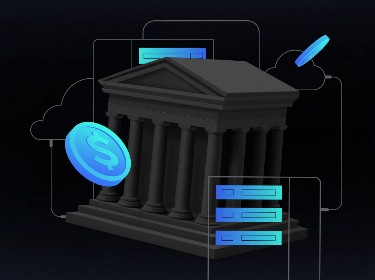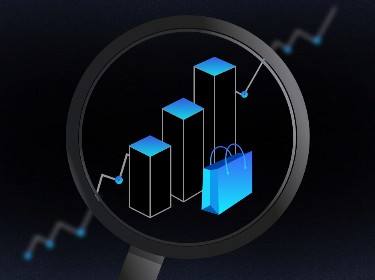Organizations worldwide have leveraged data analytics in various processes and workflows. However, data analytics has found specific application in risk management, enabling organizations to proactively mitigate risks and enhance overall business resilience.
Data is often referred to as the ‘oil of the 21st century,’ and businesses that are able to extract, analyze, and use it effectively will have a competitive edge over others.
The volume of daily data production is gigantic and is expected to exceed 180 zettabytes by 2025.
The field of data analytics empowers businesses to swiftly and accurately handle and process massive volumes of data. The extracted insights can be used in various ways, including performance tracking, decision-making, product development, and customer relationship management.
Chiefly, organizations can consider implementing data analytics in their risk management processes and reap additional advantages.
Read on to learn more about applications of data analytics in risk management and discover practical tips to help organizations initiate their use of data analytics for risk management purposes.
What is data analytics in risk management?
Data analytics in risk management involves collecting, structuring, and analyzing vast amounts of data to identify, assess, predict, manage, and prevent risks within an organization.
It utilizes diverse data sources, such as historical records, external data sets, and real-time information to uncover correlations, patterns, and trends that may signify potential risks. This provides decision-makers with timely insights and enables them to proactively address risks and implement effective measures to mitigate or avoid harm to their business processes and infrastructure.
Which technologies are used in data analytics for risk management?
Data analytics in risk management entails the utilization of different sophisticated technologies, data analysis tools, and business intelligence solutions for identifying, managing, and preventing risks.
While the specific data analytics toolbox may vary based on business requirements and industry specifics, there are certain technologies and techniques that are universally applicable. These include:
- Data mining for extracting important insights and patterns from large datasets;
- Data collection tools for gathering and aggregating data from multiple internal and external sources;
- Big data analytics tools and platforms for retrieving, storing, and processing large volumes of structured and unstructured data;
- Data visualization tools for transforming complex datasets into comprehensible, easy-to-understand charts, graphs, and dashboards;
- Machine learning and artificial intelligence for creating predictive models, detecting anomalies, and automating risk assessment;
- Predictive analytics algorithms for forecasting future risks and outcomes;
- Cloud-based platforms and services for providing scalable and flexible infrastructures for storing and processing large volumes of data;
- Data security software for ensuring secure data transfer, storage, and compliance with privacy regulations.
See how PixelPlex developers integrated the data analytics functionality into this blockchain-powered health and wellness application
What are the benefits of using data analytics in risk management?
![]()
Data analytics offers significant advantages to businesses, including — but not limited to — enhanced decision-making, cost savings, process optimization, competitive advantage, regulatory compliance, and advanced fraud detection. These benefits are applicable across various industries, with tailored applications based on specific needs. For example, data analytics services for the supply chain industry can analyze shipping routes, supplier performance, and geopolitical risks to optimize logistics and ensure business continuity.
Enhanced decision-making
Data analytics provides actionable operational insights that help businesses make well-informed, data-driven risk management decisions. It also allows organizations to effectively assess and analyze various risk scenarios, leading to enhanced risk evaluation and decision-making processes. In the context of data analytics services for the retail and eCommerce industry, this could involve analyzing customer purchase patterns, inventory levels, and market trends to optimize pricing strategies and minimize the risk of stockouts or overstocking.
Significant cost savings
Timely identification and mitigation of risks enable organizations to promptly take appropriate security measures and avoid costly consequences. The proactive approach facilitated by predictive analytics in risk management ensures efficient resource allocation and safeguards against unnecessary financial burdens.
Process optimization
By analyzing their risk management processes, organizations can gain a deeper understanding of their performance and identify inefficiencies and bottlenecks. This knowledge empowers them to reassess and optimize their existing business strategies, resulting in enhanced overall effectiveness in all processes and workflows. Data analytics services for the real estate industry can leverage this by analyzing property values, market trends, and investment risks to optimize portfolio management and identify lucrative opportunities.
Competitive advantage
Businesses that rely on the advancements of data analytics gain a competitive advantage over their competitors. By doing so, they strengthen their security posture and obtain actionable, data-driven insights that enable them to improve efficiency and productivity and stay ahead of the curve.
Regulatory compliance
Data analytics enables organizations to identify compliance gaps and address them in time, reducing the likelihood of regulatory violations. By leveraging IT consulting services, businesses can implement robust data management practices that enhance their compliance efforts. Plus, by using data-driven insights, organizations can continuously monitor their compliance status and ensure they meet regulatory requirements.
Advanced fraud detection
Big data analytics for risk management enables the implementation of more advanced fraud detection techniques. It allows for accurate analysis of transactional, social media, and geospatial data, customer behavior, and other pertinent information to detect suspicious patterns, trends, and anomalies. As a result, businesses receive prompt notifications regarding potential fraud schemes and can take suitable measures to deal with risks.
Check out how our team incorporated data intelligence and analytics tools into this smart solution for analyzing NFT collectibles and detecting fraudulent activity
What are the specific applications of data analytics in risk management?
![]()
Data analytics in risk management encompasses various areas such as risk identification, assessment and prioritization, modeling and mitigation, as well as monitoring and reporting.
Below, we will explore each of these directions in greater detail.
Risk identification
Data analytics assists businesses in identifying patterns and trends by analyzing historical data, industry trends, internal constraints, and external factors. This analysis enables organizations to identify areas of vulnerability and potential risks, equipping them with valuable insights to proactively manage risks.
Risk assessment and prioritization
To assess risks, data algorithms analyze specific data sources, such as financial records, operational and market data, industry benchmarks, and regulatory information. This enables risk management specialists to quantify and prioritize risks in accordance with their potential impact, enabling organizations to allocate resources more effectively and implement targeted risk mitigation strategies.
Risk modeling and mitigation
Data analytics enables the development of predictive models by using statistical modeling and machine learning algorithms. These models are capable of analyzing historical data to forecast future risks and assess their impact.
These insights also empower businesses to take proactive measures, develop contingency plans, and prepare optimal risk strategies by considering past data, future risk predictions, and adaptability to unforeseen changes.
Risk monitoring and reporting
Data analytics allows for risk monitoring by continuously analyzing data streams and pinpointing key risk indicators. This enables organizations to detect emerging risks, initiate timely alerts, and take proactive measures to mitigate potential damages.
As well as this, data analytics supports risk reporting, ensuring that stakeholders receive accurate and timely information about identified risks and mitigation actions.
Discover how Tableau data analytics helps businesses obtain actionable insights
A 5-step guide to implementing data analytics in risk management for your business
The process of implementing data analytics in risk management is individual to each organization. However, there are some universal steps that are integral components of any strategy.
Step 1. Determine your business goals
First and foremost, you need to clearly define your business goals and identify the specific risks that will be addressed within your risk management initiatives. It is also important to inform your employees about the objectives your organization aims to achieve through the utilization of data analytics and highlight the benefits associated with it.
Step 2. Gather and classify your data
During this step, it is mandatory to gather all relevant, easily readable, and high-quality data from both internal and external sources and ensure seamless access to and transfer of specific data types throughout your organization.
Once the data has been collected, categorize and classify it based on relevant parameters such as source, format, and relevance to the risk management process. This categorization helps in organizing and structuring the data for effective analysis and decision-making.
Step 3. Carry out data analysis
Analyzing data is the most difficult and time-consuming process in risk management. It involves procedures such as:
- data cleaning and preprocessing to prepare data for analysis
- data exploration to gain insights and comprehend characteristics
- risk identification by examining patterns and correlations
- risk assessment using statistical methods
- risk mitigation through strategies and preventive measures.
Step 4. Study the results and take action
After completing the data analysis, you will obtain refined and actionable data-powered insights and findings that can be further used for decision-making, proactive risk mitigation, and the development of effective risk prevention strategies.
Report the results to the relevant stakeholders. Presented as charts and diagrams, the findings can help ensure a clear understanding of the conducted risk analysis by all parties involved.
Explore our detailed guide about extraordinary Power BI data visualization capabilities
Step 5. Monitor and iterate for ongoing analysis
Finally, you will need to establish a monitoring system and repeat the analysis periodically. By consistently monitoring the data landscape, your business will be able to identify emerging trends, track the effectiveness of implemented measures, and detect any new risks or opportunities. Regular repetition of data analysis ensures that the insights remain up-to-date and relevant, enabling proactive decision-making and risk management.
Closing thoughts
As data continues to grow exponentially, embracing data analytics in risk management becomes crucial for long-term success. Businesses that adopt data analytics will have a significant advantage in making data-driven decisions, protecting their assets, and thriving in today’s dynamic business environment.
Now is the time to unlock the data’s potential of your organization, and our team of expert big data consultants and developers is ready to assist you in this endeavor.
We at PixelPlex leverage AI and machine learning to develop tailored solutions for informed decision-making and proactive risk management.
From optimizing risk assessment processes to enhancing fraud detection and improving compliance, our comprehensive data analytics services have you covered.
With deep industry knowledge, advanced analytics tools, and comprehensive software testing, we deliver solutions that drive business resilience and maximize opportunities. Experience the power of cutting-edge technologies and transform your risk management strategies with us.




